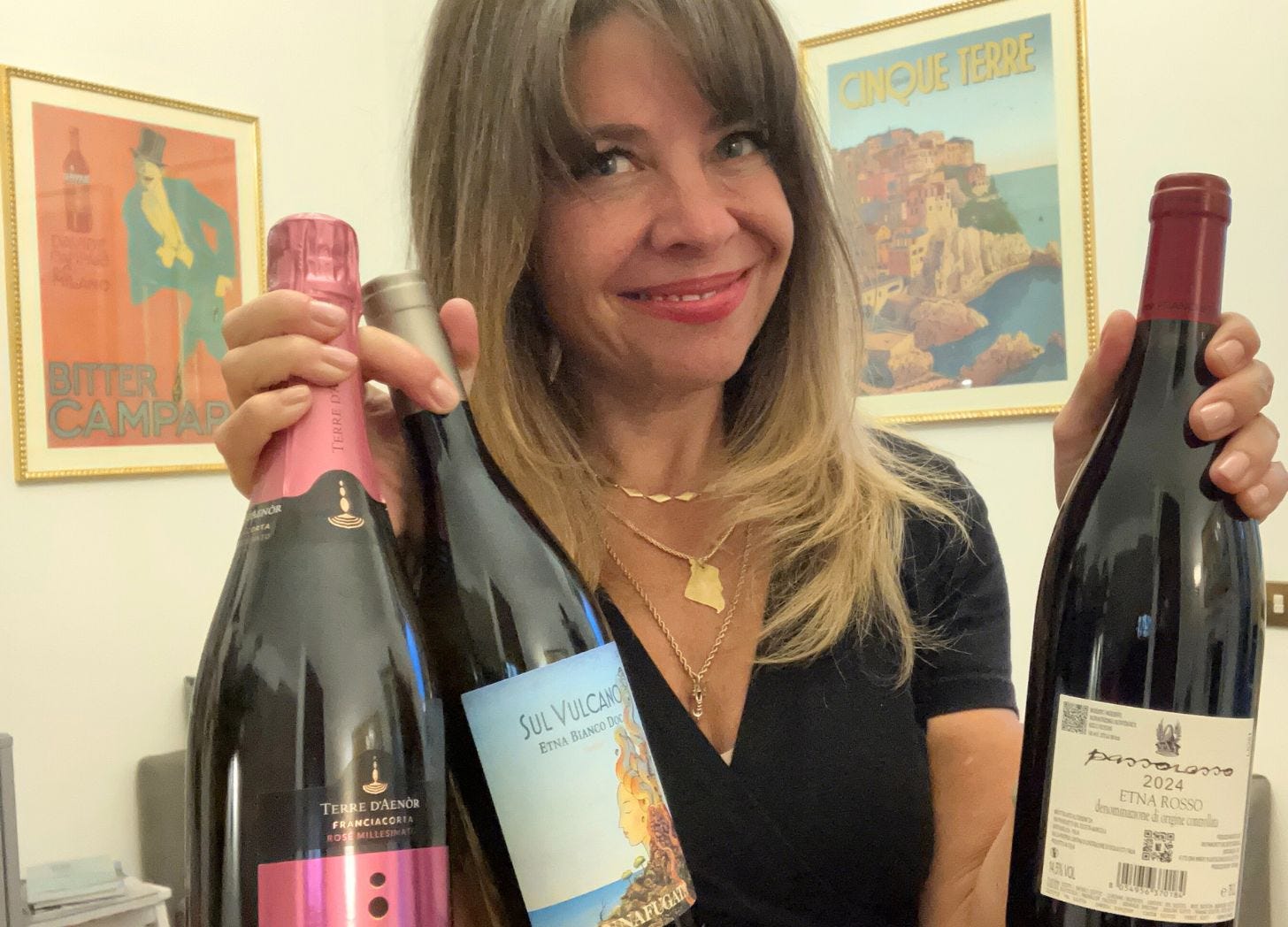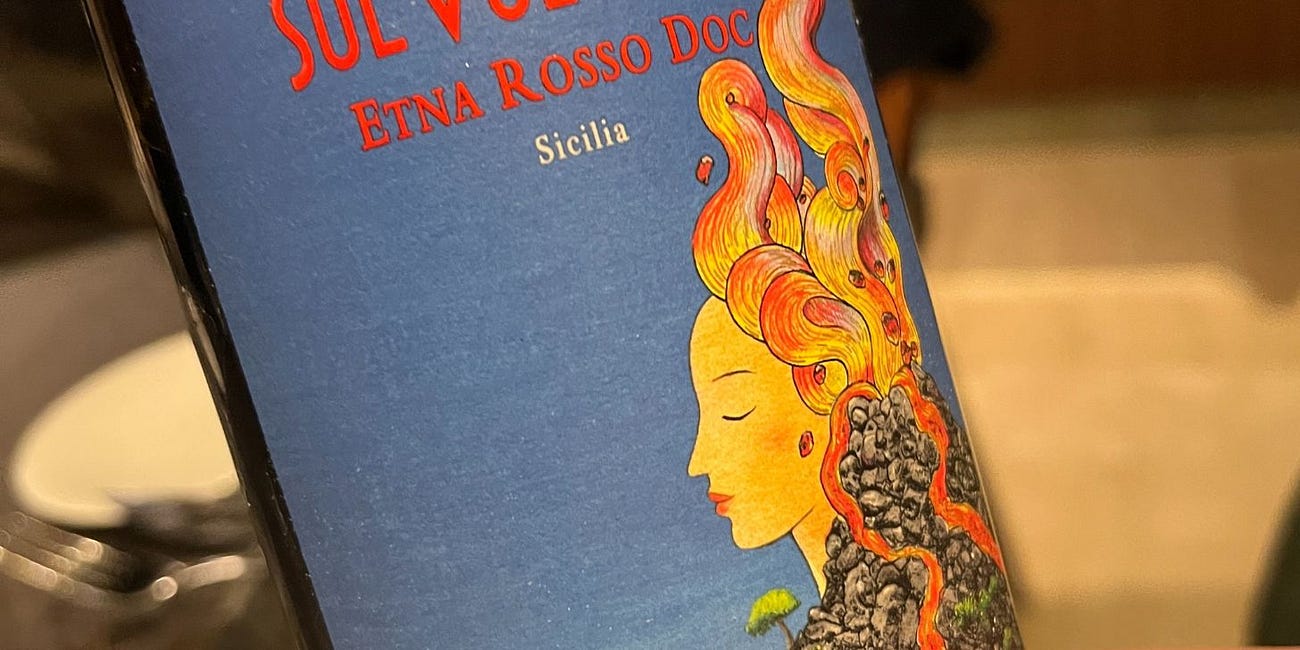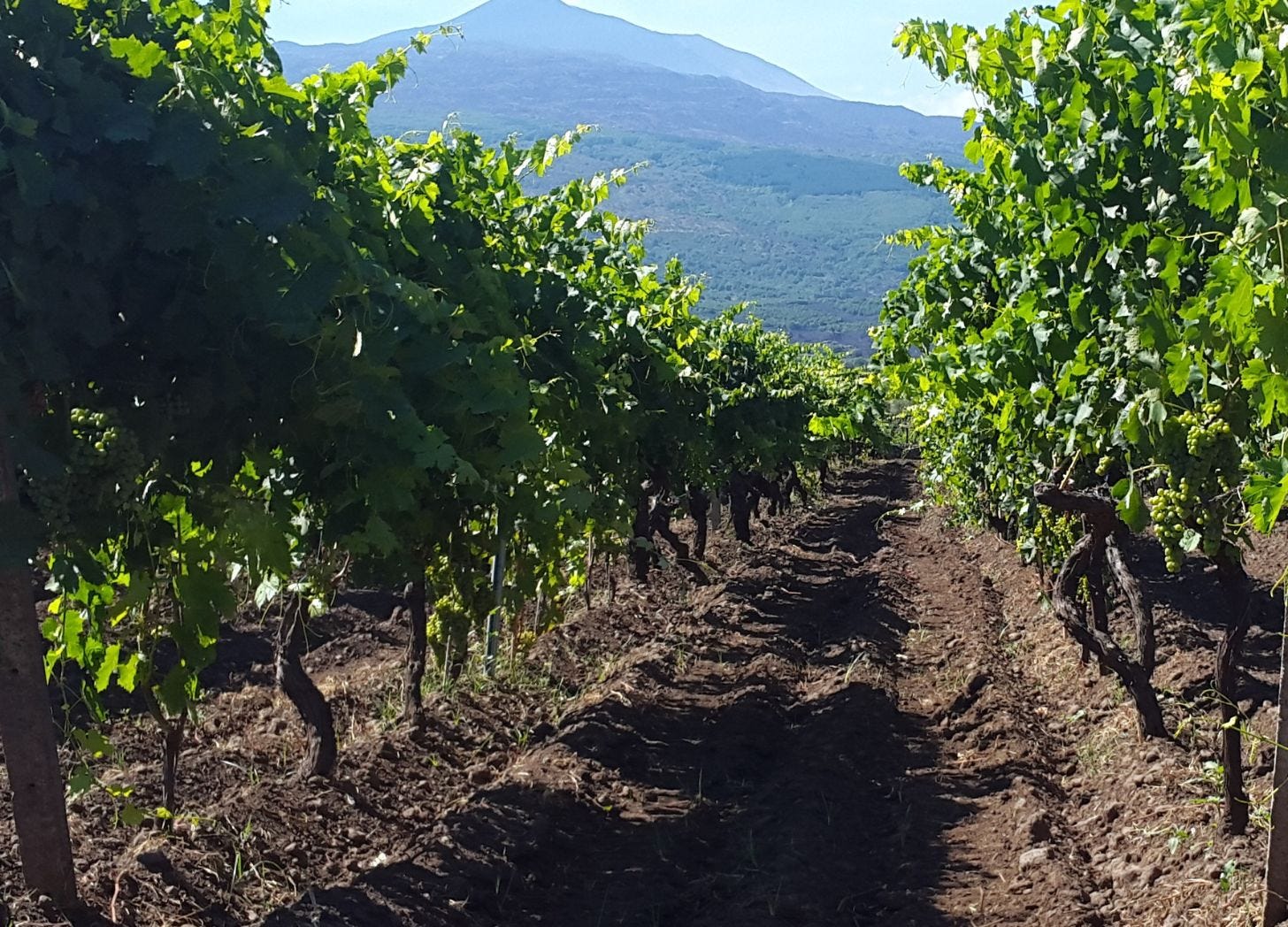Three Perfect Thanksgiving Wine Pairings
Red, white, and bubbly to balance and brighten your turkey, stuffing, and sides
I’m all about celebrating gratitude, but let’s be real. American Thanksgiving can leave you feeling stuffed like a turkey.
Traditional dishes like stuffing, yams, mashed potatoes and macaroni and cheese aren’t exactly light and lively.
Bread and butter are star players at this feast, and that tangy little pop of cranberry sauce doesn’t cut it.
Thankfully, the right wine pairings will not only elevate your favorite flavors, but they’ll get you through the night, digesting like a champion and ready to go back for round two (three or four).
Wine to the Rescue
Food and wine are historically, and gastronomically linked for a reason.
Wine is a living fermented food—especially organic wines straight from the tank with no added sulfites. Think alcoholic kombucha, but tastier (usually).
Wine also contains natural acidity and minerals—elements you can feel on the your palate. When a wine makes your mouth water, it stimulates digestion.
The Art and Science of Wine Pairing
The same acidity and mouthwatering qualities, plus tannins—naturally occurring compounds that create a drying sensation on the palate—work in harmony with flavors and textures.
Check out these episodes on Acidity and Tannins from my series 21 Days to Wine.
The right wine pairing will make your food taste even better, and vice versa!
Rich, cheesy, and buttery dishes help take the edge of wine’s acidity, which allows all of the pretty fruity, floral, and herbaceous aromas to come through.
My Top Three Wine Pairings
I live in Rome, Italy, so my wine choices reflect that.
Local wines are always my preference, especially with local cuisine. Thanksgiving may be an all-American feast, but my ingredients are all sourced right here.
My turkey is a beautiful, organic lady bird from Tuscany. According to my butcher, females are always more tender and juicy. Surprised?
Pairing 1: Sparking Rosé
If you only serve one wine for Thanksgiving, make it a sparkling rosé.
Ideally Champagne style, also known as classic method, metodo classico in (Italian), and método tradicional (Spanish).
Examples include Champagne, Cava, Franciacorta, Crémant among others.
Classic method sparklers are refermented in the bottle, as opposed to a big tank (like Prosecco), which means the pressure is on!
The bubbles are small, tight, and long lasting. Effervescence that goes all night will freshen your palate between each bite of heavy, fatty foods like macaroni and cheese, and buttery mashed potatoes.
Why Rosé?
It’s got some extra girth and depth from the red grapes, to compliment your turkey. The pretty fruit notes from those same red grapes also balance salty, earthy and savory flavors.
The deeper pink, the chewier and more complex you can expect the wine to be.
I’m serving: Terre d’Aenòr Franciacorta Millesimato Rosé.
Franciacorta is often referred to as “the Champagne” of Italy. While Franciacorta has an identity all its own, well worth exploring, the parallels make sense.
The wines are named after the growing region. Located in Italy’s northwestern Lombardia region, Franciacorta soils and climate have proved ideal for crisp, vibrant, ageable metodo classico wines made from Chardonnay, Pinot Blanc, and Pinot Noir.
My Rosé is 80% Pinot Noir, and 20% Chardonnay.
The 2019 vintage has a bold creamy nose. Imagine a slice of multigrain toast with a wisp of butter and swirls of strawberry and apricot jam. Even a touch of piquant marmalade.
Alternatives: Barone Pizzini Franciacorta Rose or Contadi Castaldi Franciacorta Rose
Cava Rosado: Bodegas Naveran Perles Rose, Avinyo Reserva Brut Rose, or Dibon Cava Brut
Cremant: Gratien & Meyer Cremant de Loire Brut Rose or Gustave Lorentz Cremant D’Alsace Rose
Your favorite Champagne Rosé
Pairing 2: Etna Bianco
I’ve been on an Etna kick since visiting Sicily in September. These vivacious volcanic wines get my blood flowing and are simply fascinating to drink.
Rising to the Occasion
In September, I waxed wistful about the end of summer—specifically, the weightlessness of being near water, and the burden of the retreating from the sea and back to reality.
The white wines are mostly produced from the Carricante grape and sometimes blended other indigenous varieties like Minella and Catarratto.
White wines growing on Mount Etna volcanic have mouthwatering minerality (hello volcanic soil!) and smell and taste like a breath of fresh air thanks to blasts of sea breezes.
That may sound light and lively, yet the aromas and flavors go on and on. Think: lemon drop, fennel, tarragon, wild mint, and washed granite.
That said, they won’t overpower earthy flavors stuffing and sweet potatoes. If anything, Etna Bianco will uplift the sage, black pepper, orange zest, and brown sugar in your favorite recipes.
I’m serving: Donnafugata Sul Vulcano Etna Bianco.
This wine is aged in stainless steel, with a tiny portion in used oak barrels, mainly to help relax the propulsive acidity you can imagine from a volcanic wine.
Pretty citrus notes like citron and grapefruit, and a fresh white flowery- bouquet. Get your nose in deeper for some piquant ginger and vanilla sugar.
The finish is long and mouthwatering. It will get you through every course and the midnight grazing session!
Alternatives: Benanti Etna Bianco, Tenuta delle Terre Nere Etna Bianco, any Etna Bianco you can find.
Volcanic white wines from Italy’s Campania region (Mount Vesuvius) like Greco di Tufo and Fiano D’Avellino. I love Cantine di Marzo winery for both.
Smoky, flinty, mouthwatering Pouilly‑Fumé (Sauvignon Blanc), Malvasía Volcánica Seco from the volcanic Canary Island of Lanzarote.
Pairing 3: Etna Rosso
Etna Rosso has a medium-body, aromas reminiscent of church incense, sweet spices, ripe berries and savory herbs. Intense and compelling on the palate with bright acidity, and elegant ashy tannins that refresh and balance all those buttery, bready, and rich side dishes.
I’m serving: Vini Franchetti Passorosso 2024.
As quintessentially Etna Rosso as you can get. 100-year-old Nerello Mascalese vines, extremely high altitude (800 meters ASL), and complex soils flecked with black lava stones.
Like many Etna wines, it could age for years and only get silkier, but I like a little ash and prickle on the palate to balance the blanket of fat and carbs at the Thanksgiving table.
Wild and jammy fruit come out in the glass, as long as delightful exotic incense and spice.
Alternatives: Benanti Etna Rosso, Tenuta delle Terre Nere Etna Rosso, any Etna Rosso you can find.
South African Pinotage as well as blends featuring Syrah, Merlot, and Cabernet will get you that smoky quality and ultra ripe red fruit, as will Syrah from the Northern Rhône. Look for AOC wines like Cornas, Côte‑Rôtie, and Hermitage.
Enjoy your holiday and share your pairings!
As a reminder, premium subscribers can ask me anything about wine all week long! Keep an eye on your inbox for Wine Wednesdays.







All three sound delicious! I’d happily drink all three in the order you listed them.
In the past I’ve leaned toward Barbera or Sangiovese when I’ve hosted turkey day.
The place where I’ll have Thanksgiving this year (in Venice) is serving Lagrein, which should be interesting. If you were going to pick one of those three grapes which would be your top choice?